Long before the cherry blossoms (sakura) capture the world’s attention, another flower braves the cold and signals the changing season: the plum blossom tree, or ume (梅). Blooming as early as January and February, when snow may still cling to temple rooftops, ume represents endurance, renewal, and quiet strength.
Unlike the fleeting sakura, plum blossoms linger longer, filling gardens with fragrance and soft color at the threshold of spring. Beyond their beauty, these trees have deep cultural, culinary, and practical roles in Japan appearing in poetry, seasonal foods, festivals, and even skincare.
For anyone curious about Japan’s traditions, or dreaming of cultivating a little piece of it at home, the plum blossom tree offers a story worth exploring.
For all of your Japanese gardening needs explore our collection of gardening tools!
Description and Characteristics of Ume
The Prunus mume, sometimes called the Chinese plum (mei) or Japanese apricot, has defining traits that make it distinct:
- Tree height & spread: Typically 4–10 meters, with a graceful, balanced form.
- Bark: Smooth, gray-brown, offering subtle contrast to blooms.
- Blooming period: Late January through March, varying by region and climate.
- Flower color: Shades range from pure white and blush pink to vibrant crimson.
- Fragrance: Sweet, spicy, and slightly tart evocative of early spring.
- Petals & stamens: Five-petaled blossoms with prominent golden stamens, though some cultivars boast double or even triple petals for extra showiness.
- Fruit: Small, sour plums packed with nutrients, inedible raw but treasured for pickling and culinary uses.
- Foliage: Dark green, simple, oval-shaped leaves that turn yellow or red in autumn, giving the tree year-round interest.
Plum blossoms often open against bare branches, creating a dramatic image: delicate flowers standing resiliently in the chill of late winter.
The Many Faces of Ume: Varieties and Forms
Over centuries, more than 300 cultivars of Prunus mume have been developed, offering a range of appearances and uses:
- Upright and spreading forms: Ideal for both compact and spacious gardens.
- Weeping varieties (shidare-ume): With cascading branches, these add elegance and movement to any landscape.
- Double-flowered (yae-ume): Cultivars with extra petals for a fuller, more dramatic display.
- Color spectrum: Blossoms range from snow-white and pale pink to deep fuchsia and red.
- Blooming sequence: Varieties bloom at different times, extending the flowering season from January through March.
Choosing a variety depends on your garden’s size, climate, and whether you desire ornamental beauty or fruit for culinary use.

Cultural and Historical Significance
The ume tree has deep roots in East Asian culture. In China, the mei (梅) was praised in art and literature as a symbol of perseverance. When it came to Japan in the 8th century, it quickly became a seasonal favorite.
- Early reverence: In the Nara and Heian periods, ume blossoms were celebrated in poetry long before cherry blossoms took center stage.
- Symbolism: Ume embodies resilience, purity, and the promise of spring, blooming against frost.
- Holidays and festivals: February and March bring ume matsuri (plum festivals) at shrines and gardens, where visitors stroll under blossoming groves.
- Literature & art: From painted folding screens to delicate haiku, ume inspires depictions of fleeting beauty and endurance.
- Ornamental beauty: Ume trees are often paired with Japanese maples or weeping cherry trees (Prunus pendula) in gardens for layered seasonal charm.
- Gifts and celebrations: Plum blossoms are popular motifs on wall hangings, ceramics, and kimonos, especially during the Lunar New Year.
While sakura draws international crowds, ume offers a quieter, contemplative experience perfect for travelers seeking authenticity.
Ume in the Japanese Garden: Inspiration and Design
The plum blossom tree is a cornerstone of traditional Japanese gardens, valued for its structure, fragrance, and early bloom.
- Seasonal layering: Ume is often planted alongside camellias, maples, and early-blooming shrubs to create a year-round tapestry of color.
- Garden placement: Position trees near pathways or entryways to enjoy their fragrance and beauty up close.
- Wildlife habitat: Early blossoms attract pollinators like bees and birds, supporting biodiversity when few other food sources are available.
- Bonsai art: Ume is a prized subject for bonsai, symbolizing strength and perseverance in miniature form.

Culinary and Practical Uses of Ume
Ume’s cultural influence extends far beyond the garden. Its blossoms, fruits, and extracts are used in daily life:
- Pickled plums (umeboshi / 梅干し): Salty, sour, and intensely flavorful, umeboshi is often served with rice, thought to aid digestion and energy.
- Plum wine (umeshu / 梅酒): Sweet and aromatic, made by steeping unripe plums in alcohol and sugar.
- Infused vinegar and simple syrups: Used for cooling summer drinks and desserts.
- Garnish and pressed cookies: Blossoms may be crystallized or pressed into sweets.
- Perfumes & cosmetics: Plum blossom essence is used for its fresh, floral aroma.
- Potpourri & herbal teas: Dried petals lend fragrance and potential wellness benefits, as referenced in traditional Chinese medicine.
- Ume jam and syrup: Used as spreads or flavorings for yogurt, pastries, and beverages.
- Korean maesil-cha (plum tea) and Chinese suān méi tāng (sour plum drink): Regional specialties highlighting the fruit’s versatility and culinary appeal.
Nutritional and Medicinal Value
While the blossoms themselves are not commonly analyzed for nutrition, both the fruit and flower are valued for their health-related properties:
- Antioxidants: Edible flowers and fruit contain compounds that may support immunity and help reduce inflammation.
- Traditional medicine: Ume appears in Chinese and Japanese traditions to support digestion, soothe sore throats, and promote overall wellness.
- Vitamins and minerals: The fruit contains potassium, manganese, and some B vitamins.
Note: These uses reflect traditional practices; individual results vary.

Cultivation and Care Tips
For gardeners outside Japan, cultivating an ume tree is both rewarding and practical. With the right conditions and a few trusted tools, these trees can flourish in temperate climates.
- Climate: Best suited for USDA hardiness zones 6 through 9.
- Planting location: A sunny, open area with good air circulation.
- Soil care: Well-drained, fertile soil with a neutral to slightly acidic pH. Apply organic mulch to conserve moisture, regulate soil temperature, and reduce weed competition.
- Pruning: Regular canopy thinning improves light penetration and airflow. Remove dead or diseased branches to prevent problems. Prune after flowering for best results.
- Watering: Moderate and consistent avoid waterlogging, but do not let the soil dry out completely.
- Fertilization: Use a balanced, slow-release fertilizer in early spring as new growth appears.
- Winter protection: Young trees may need trunk wraps or burlap in colder regions to prevent frost damage.
Pests, Diseases, and Common Problems
Though hardy, ume can face challenges:
- Insects: Aphids, mites, borers, scale insects, and caterpillars may distort leaves or damage branches.
- Diseases: Bacterial canker and brown rot can cause dieback of branches and oozing sap. Honey fungus and silver leaf are less common but can be serious.
- Environmental stress: Frost damage may result in leaf curling, discoloration, or reduced fruit set.
- Root rot: Avoid overwatering and ensure good drainage to prevent this issue.
- Nutrient deficiencies: Yellowing leaves or poor growth may signal a need for balanced fertilizer.
Preventative care, regular inspection, pruning with clean shears, and maintaining soil health keeps trees strong. If problems arise, remove and destroy affected plant parts and consult with a local nursery for organic solutions.

Propagation Methods
Ume can be propagated through several methods:
- Seeds: Germination is slow and requires cold stratification (about 90 days in moist sand or peat in the refrigerator).
- Cuttings & grafting: More reliable for preserving cultivar traits; use semi-hardwood cuttings dipped in rooting hormone.
- Rooting: A propagator or plastic bag setup helps maintain necessary humidity for successful rooting.
- Transplanting seedlings: Best done once true leaves develop and weather permits.
Seasonality and Blooming Periods
One of ume’s greatest appeals is its seasonal timing:
- Late winter bloom: Flowers open as early as January, lasting through March, depending on climate and variety.
- Symbol of spring’s arrival: While gardens are still quiet, ume blossoms bring color and fragrance.
- Festivals: Many shrines and parks celebrate the flowering season with local treats, tea gatherings, and cultural performances.
Compared to cherry blossoms, ume blooms last longer often up to three weeks, offering extended opportunities to enjoy their beauty. Some cultivars bloom even earlier, brightening winter landscapes.
Notable Viewing Locations and Garden Inspiration
If you visit Japan in late winter, don’t miss these famous ume-viewing spots:
- Kairakuen (Mito): One of Japan’s top three historic gardens, renowned for vast ume groves—over 3,000 trees of 100 varieties.
- Osaka Expo ’70 Park: Over 600 trees bloom beneath the striking Tower of the Sun.
- Kyoto shrines: Subtle, contemplative plum blossoms frame temple halls and stone lanterns especially at Kitano Tenmangu Shrine and Umenomiya Taisha.
- Tokyo’s Hanegi Park and Yushima Tenjin Shrine: Popular for plum festivals, with hundreds of trees in bloom.
- Dazaifu Tenmangu (Fukuoka): Home to 6,000 plum trees, celebrated in local legend and literature.

Applications for Blossoms: Beyond the Garden
Plum blossoms are not just for admiring outdoors:
- Edible decoration: Use fresh or dried blossoms to garnish cakes, desserts, salads, and drinks.
- Crystallized petals: Add a delicate floral note to cookies and pastries.
- Herbal teas: Dried blossoms are soothing and aromatic, often blended with green or white tea.
- Home fragrance: Add dried petals to potpourri or sachets for a subtle, uplifting scent.
Blossoms are best used fresh for maximum flavor and aroma, but can be dried for later use in teas and crafts.
Frequently Asked Questions
- Are ume trees the same as apricot or cherry trees?
- Not exactly. Ume (Prunus mume) is related but distinct, often called Japanese apricot or Chinese plum.
- Can you eat ume fruit raw?
- No. The fruit is very sour and mildly toxic raw; it must be processed into umeboshi or umeshu.
- How hard are they to grow?
- With the right soil, pruning, and climate, they are relatively low-maintenance.
- Where can I buy them?
- Specialized nurseries and growers often carry ume saplings, especially cultivars bred for fruit production.
- Are the seeds or fruit toxic to pets?
- As with many stone fruits, the seeds contain compounds that can be toxic to cats, dogs, and horses if ingested in large quantities.
- How long do the blossoms last?
- Depending on the variety and weather, blooms can last from two to three weeks.
Conclusion: Bringing Ume Into Your Life
The plum blossom tree embodies endurance and elegance, offering cultural depth, seasonal beauty, and even culinary delights. Visiting a grove in Japan during bloom season is unforgettable but so is nurturing one in your own garden.
And when the time comes to enjoy your harvest, let the experience continue indoors: serve pickled plums or plum wine in handcrafted Japanese bowls and cups from myjapaneseworld.com. Just as ume transforms winter into spring, Japanese tableware transforms everyday meals into cultural celebrations.


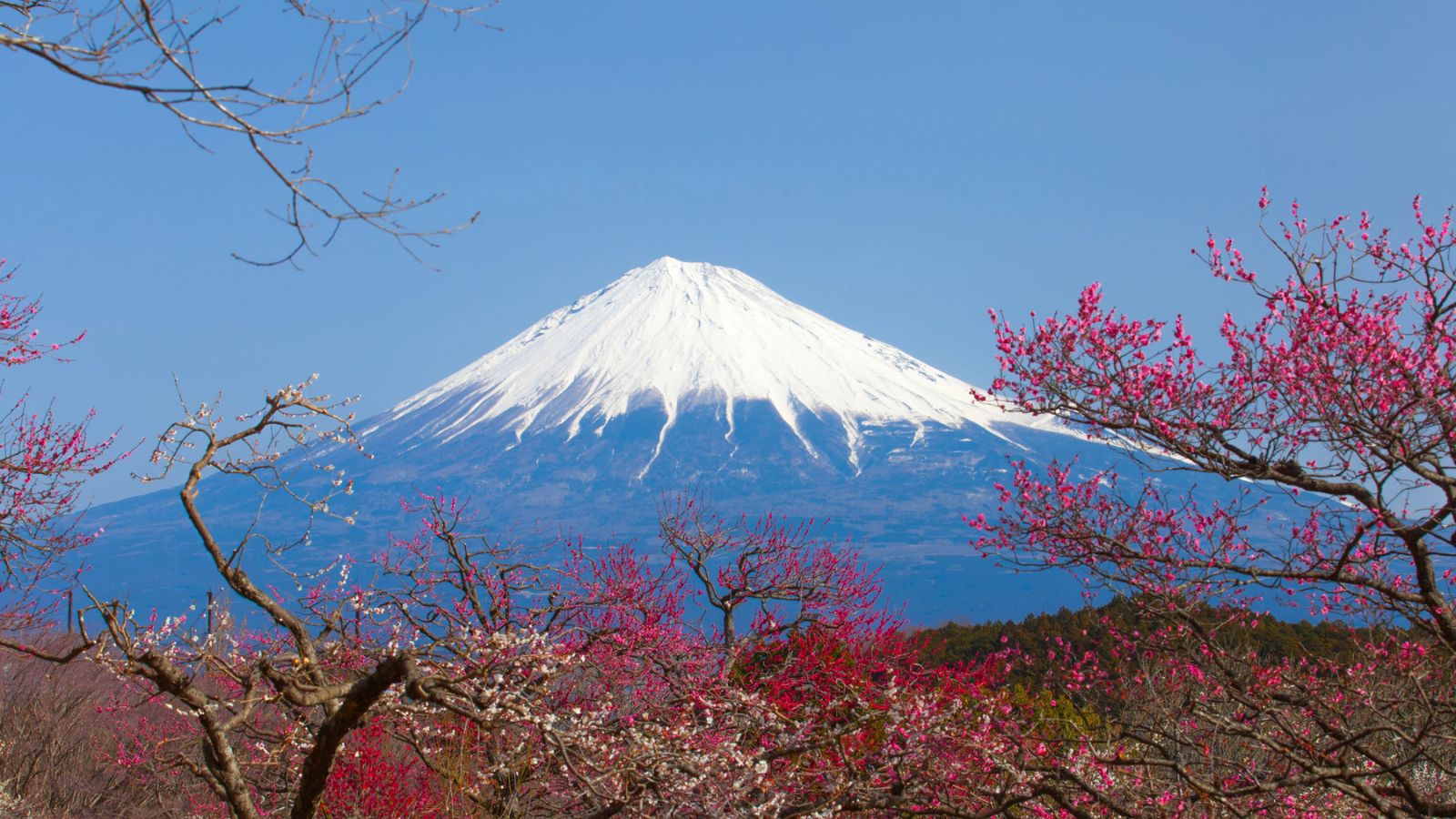

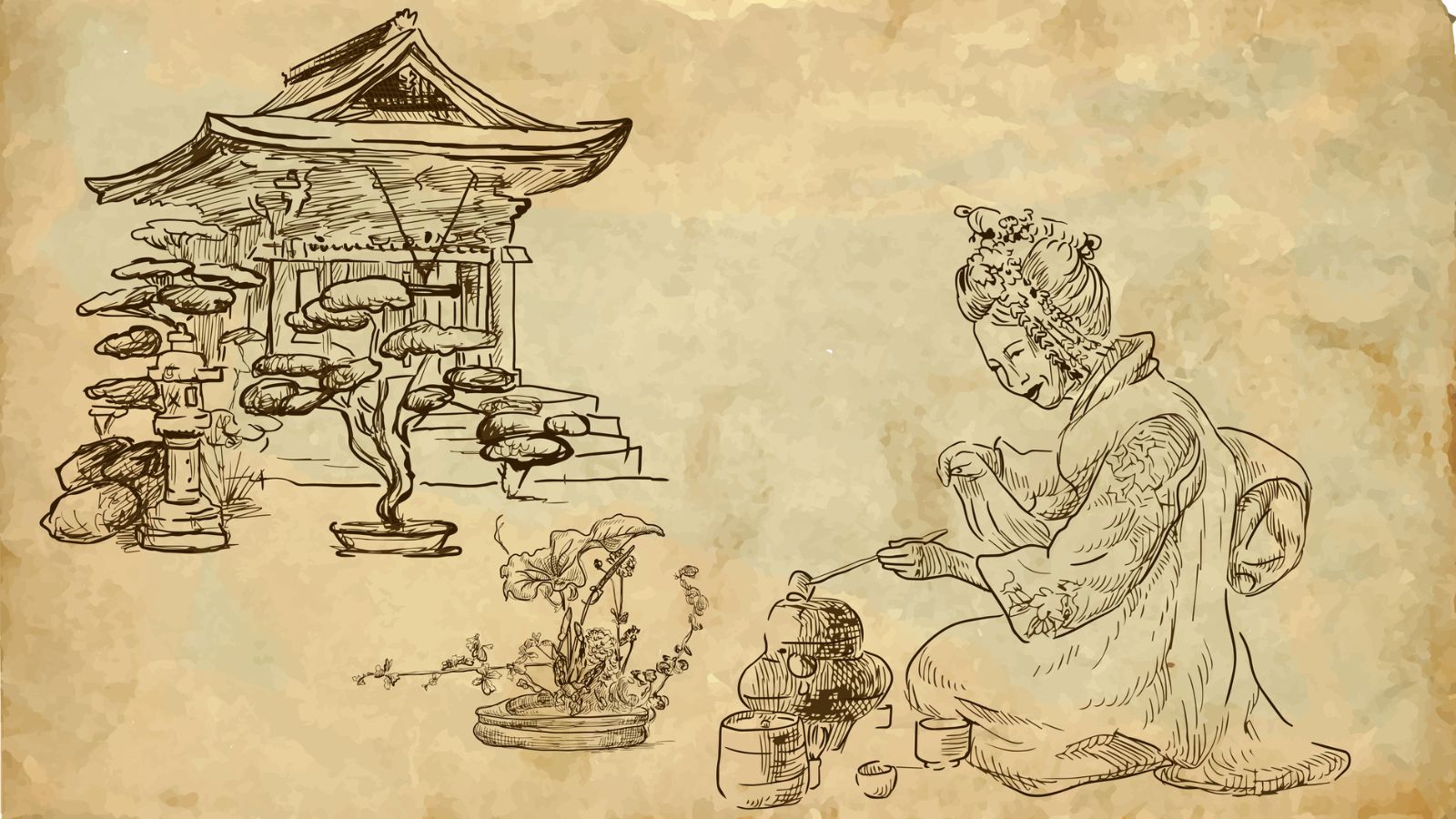
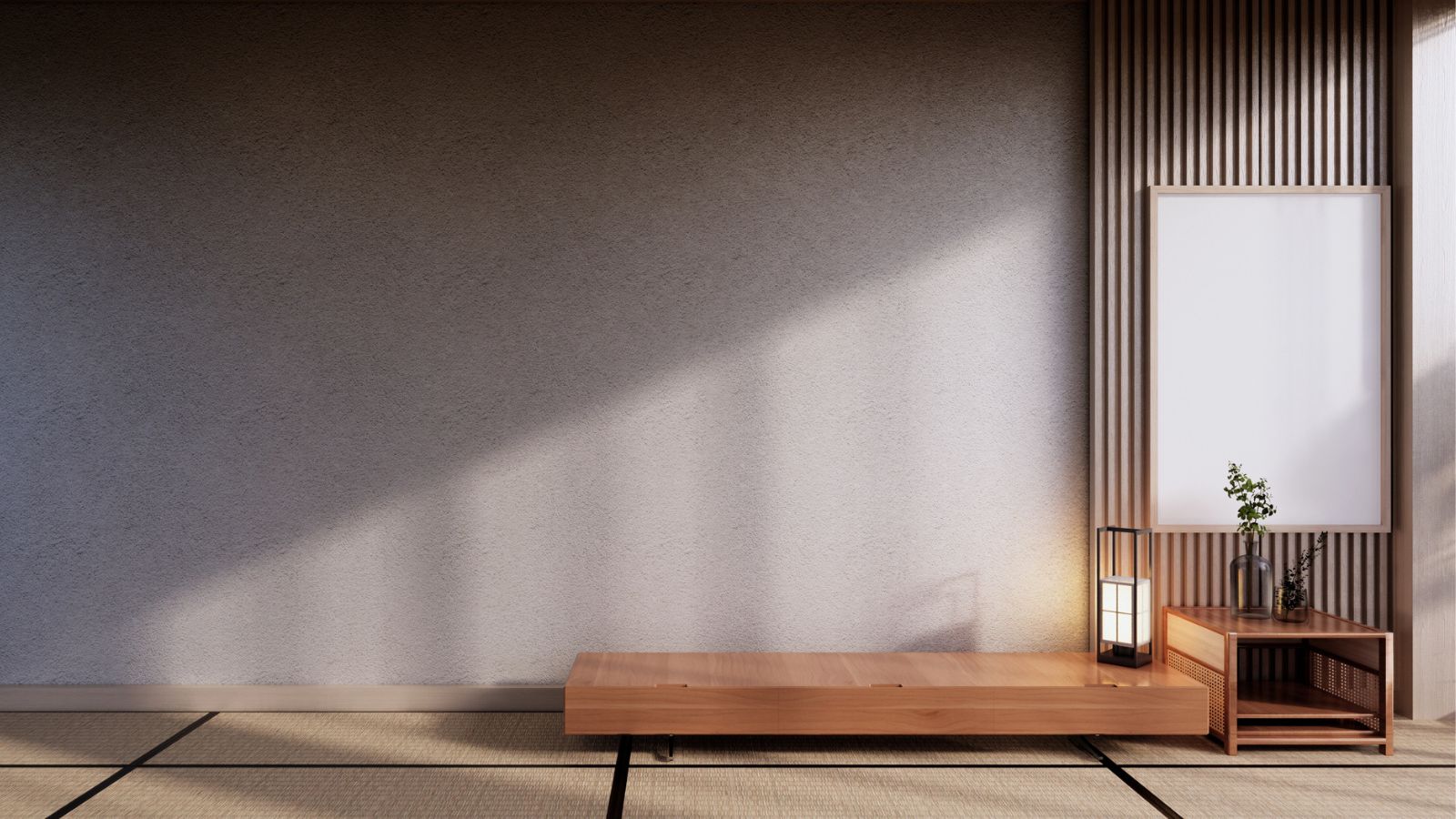

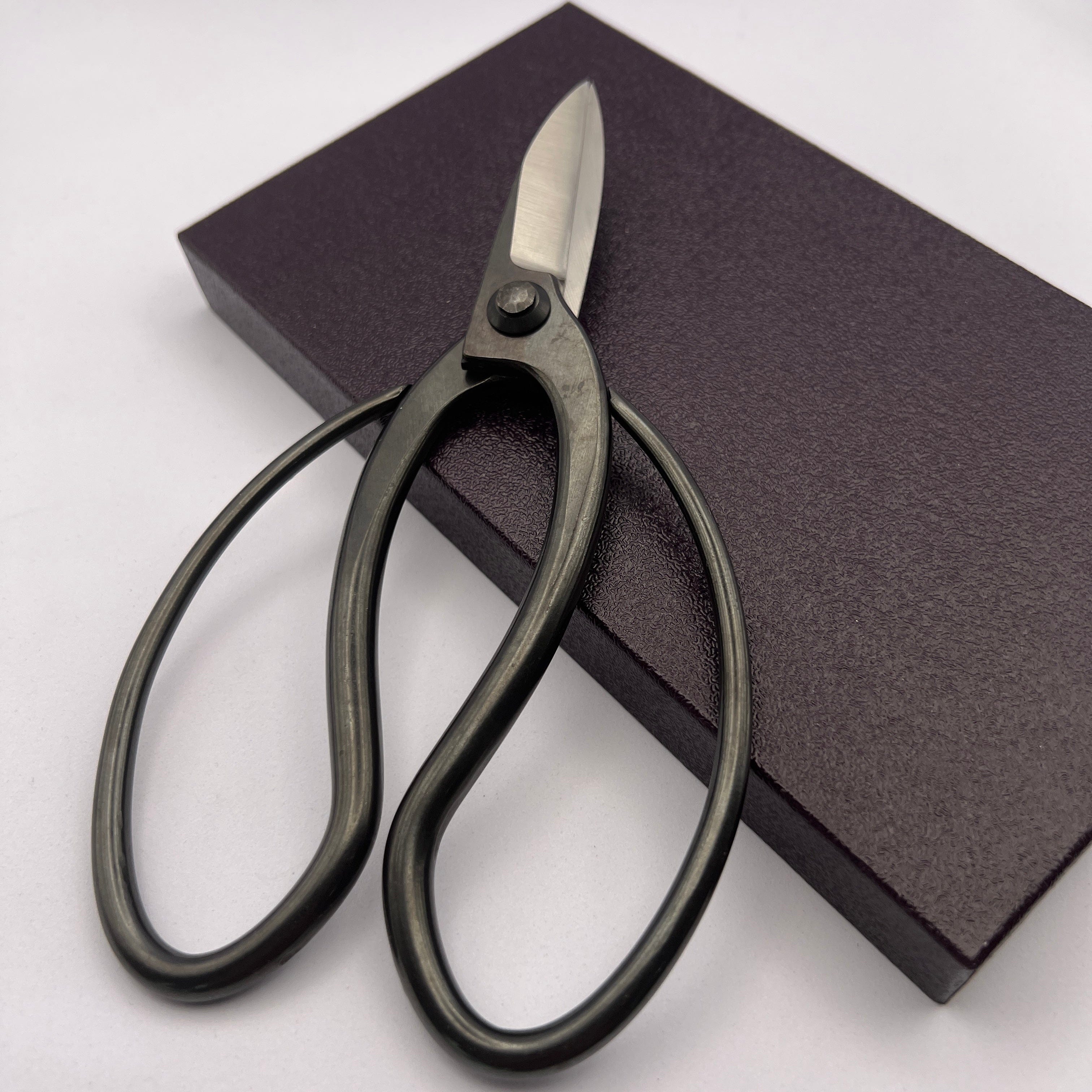

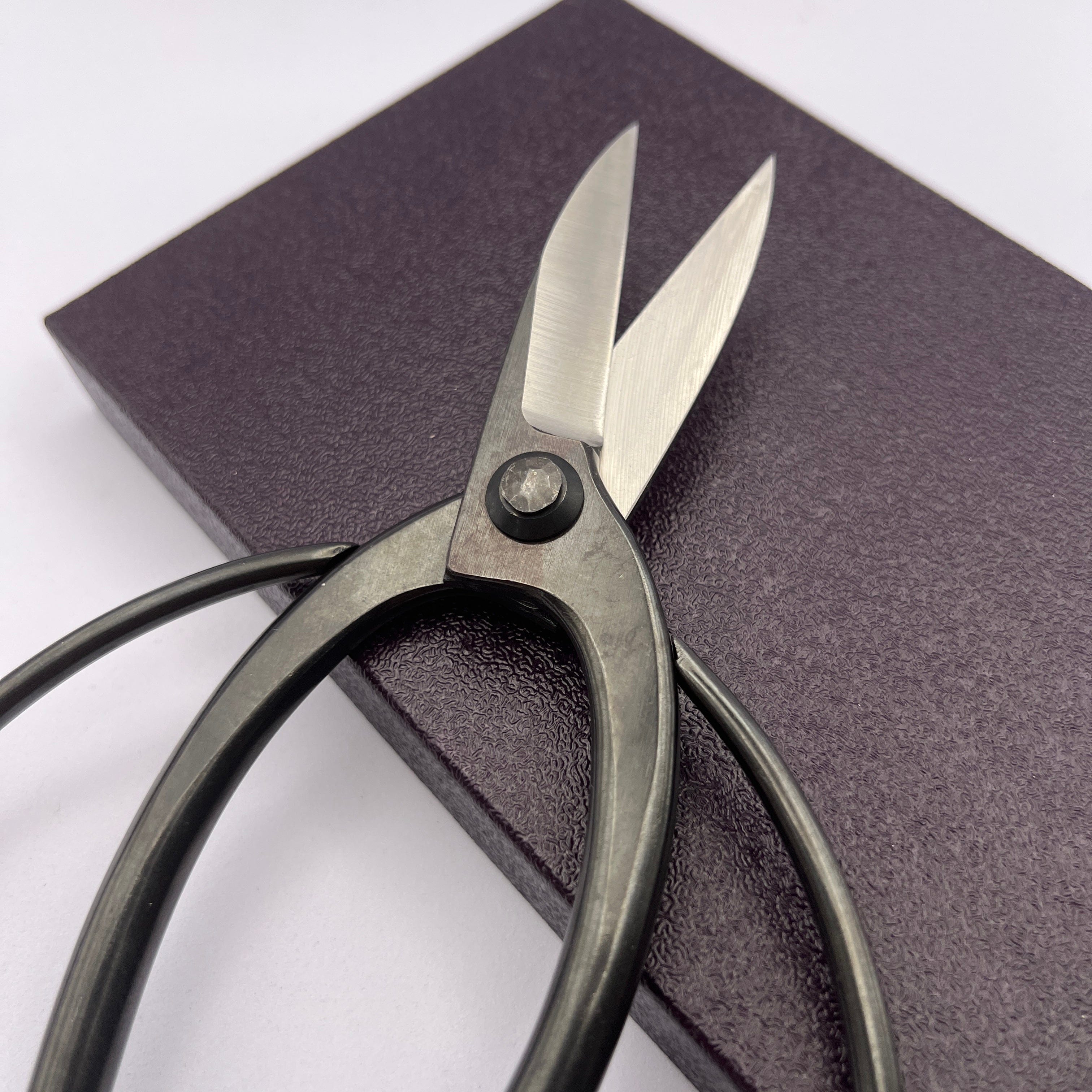
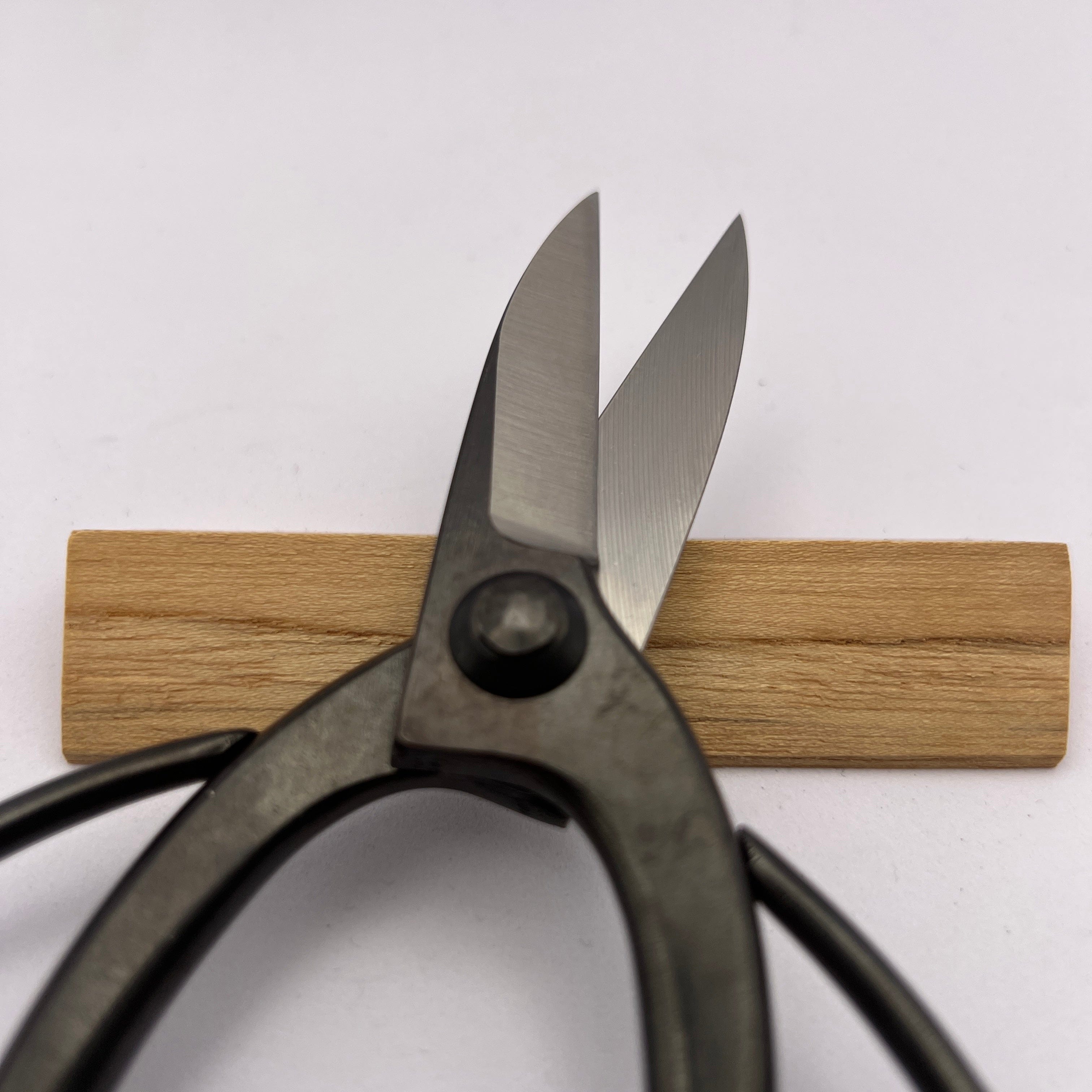
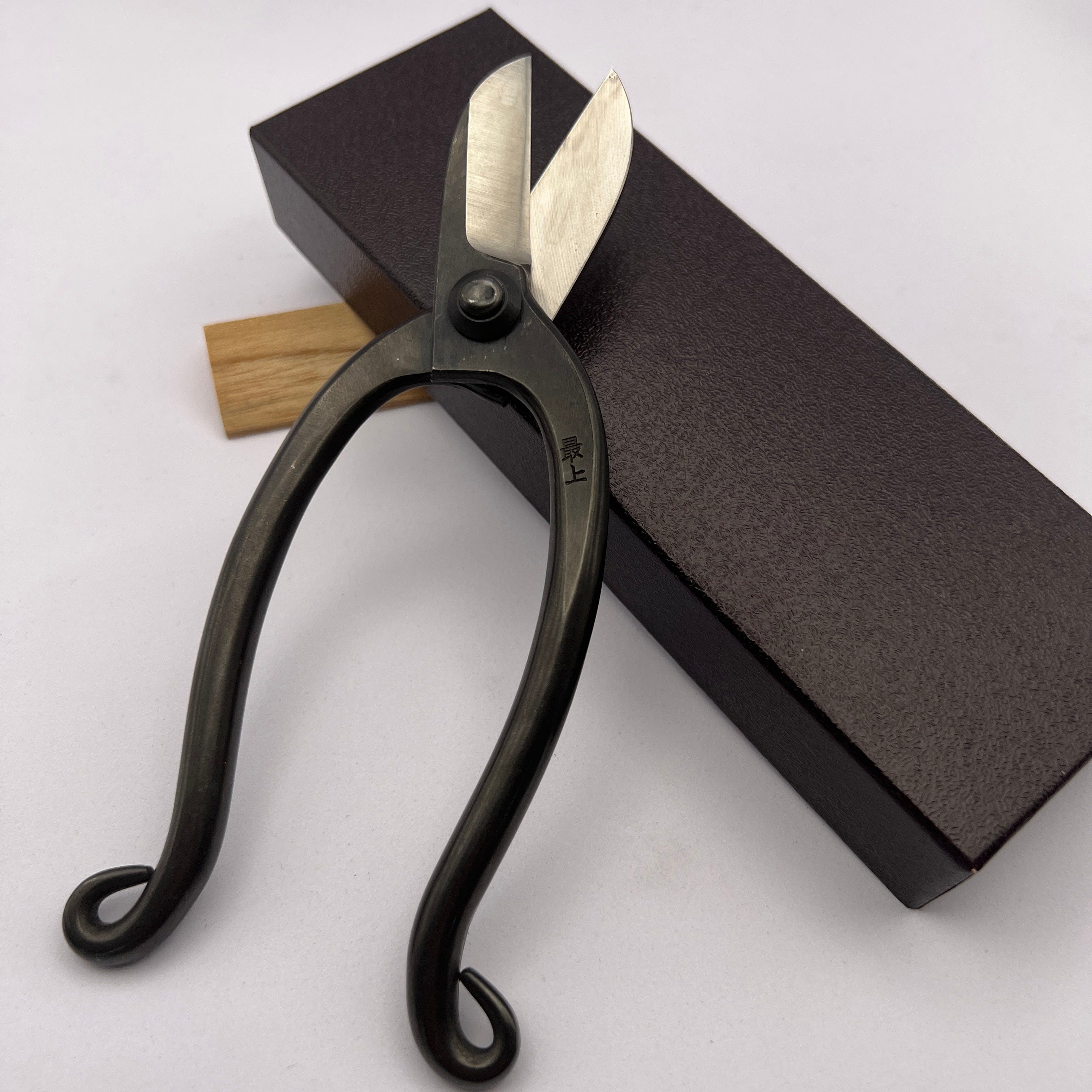
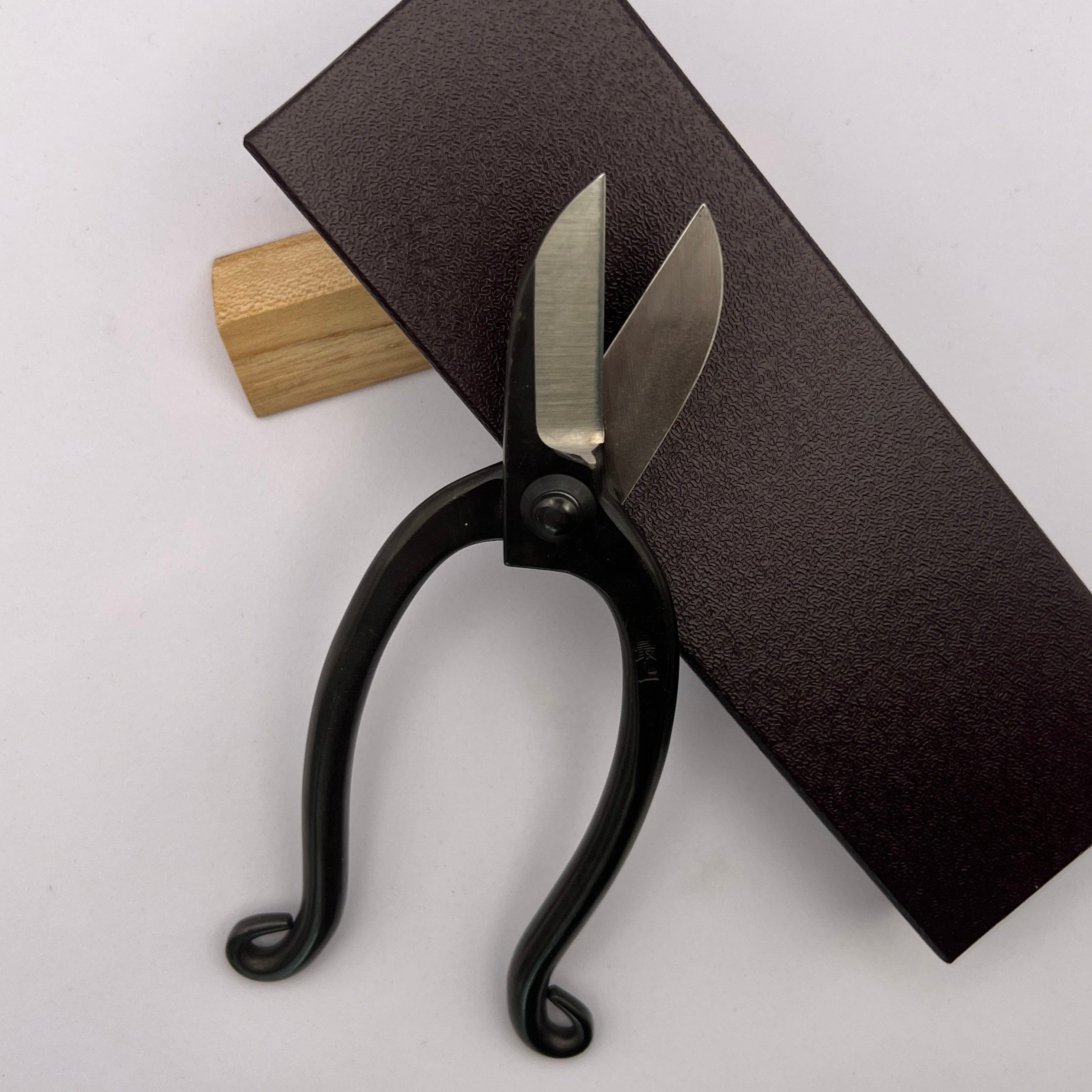
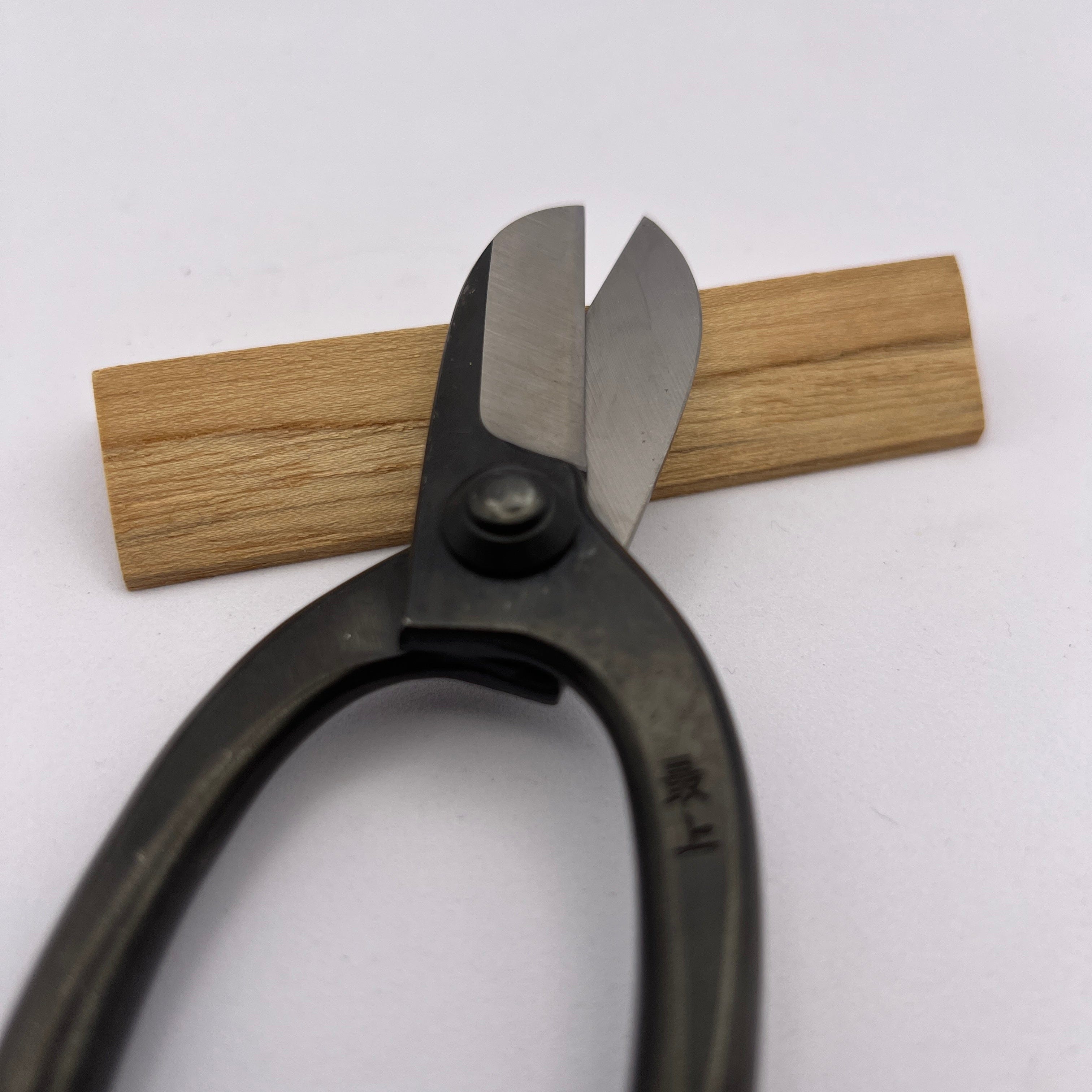
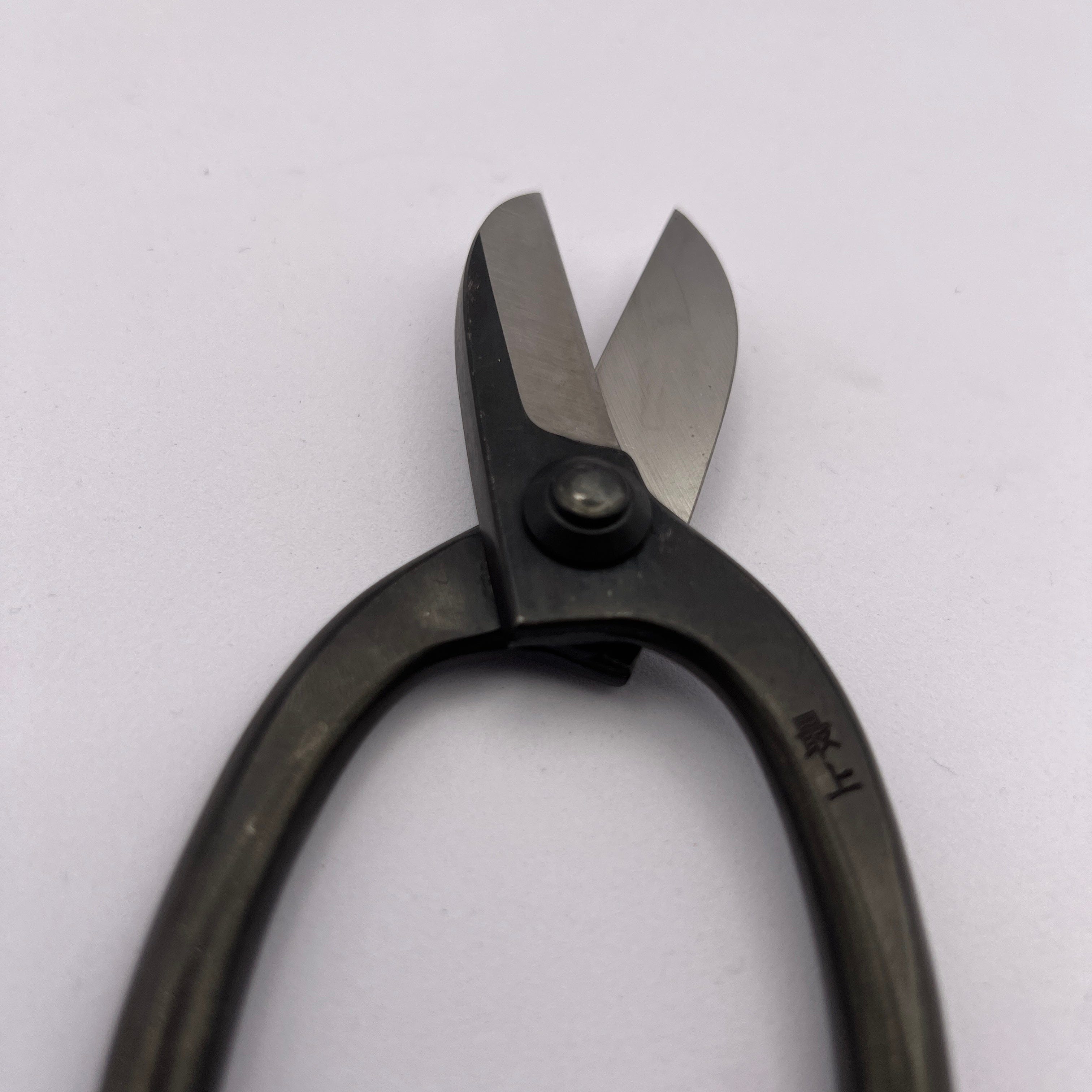
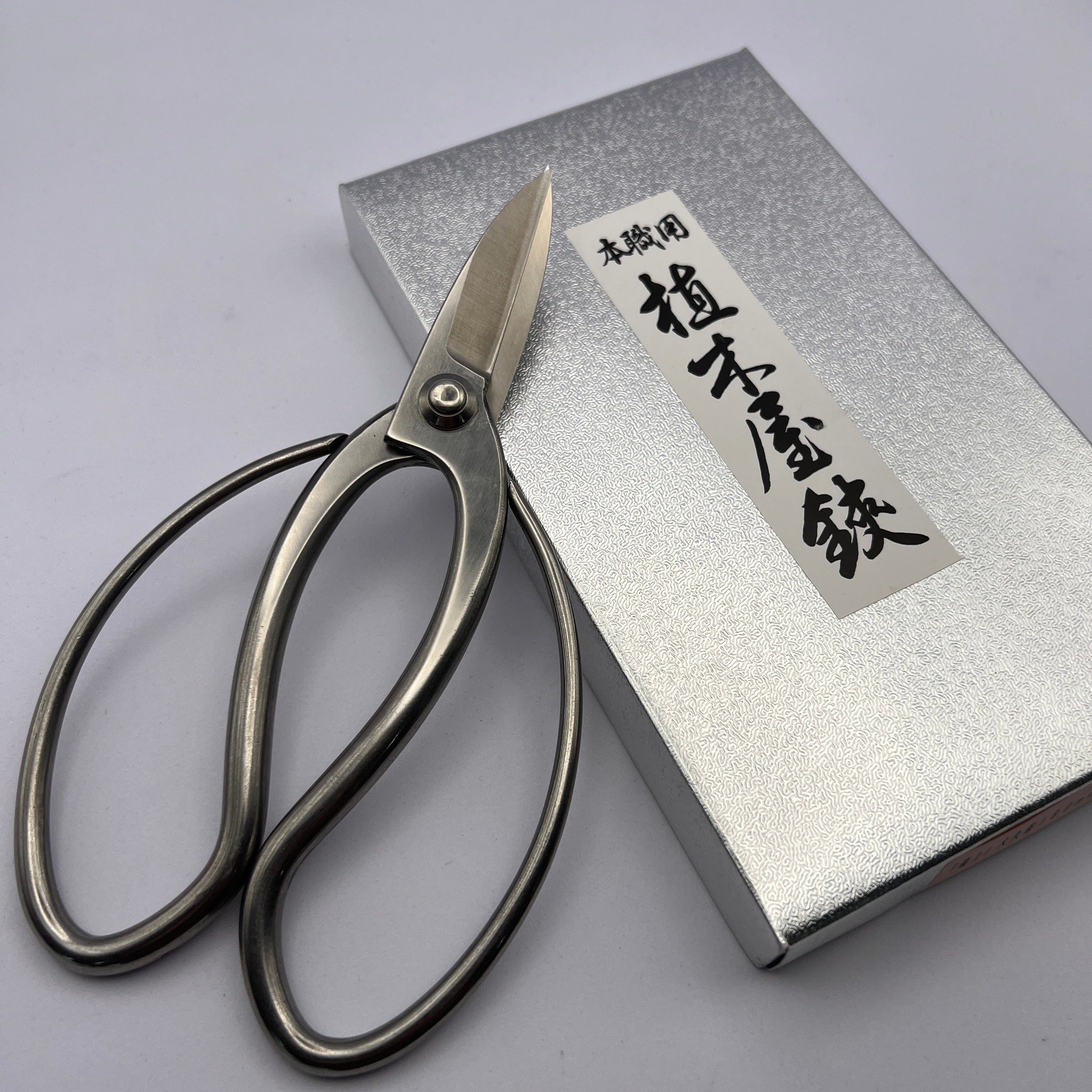
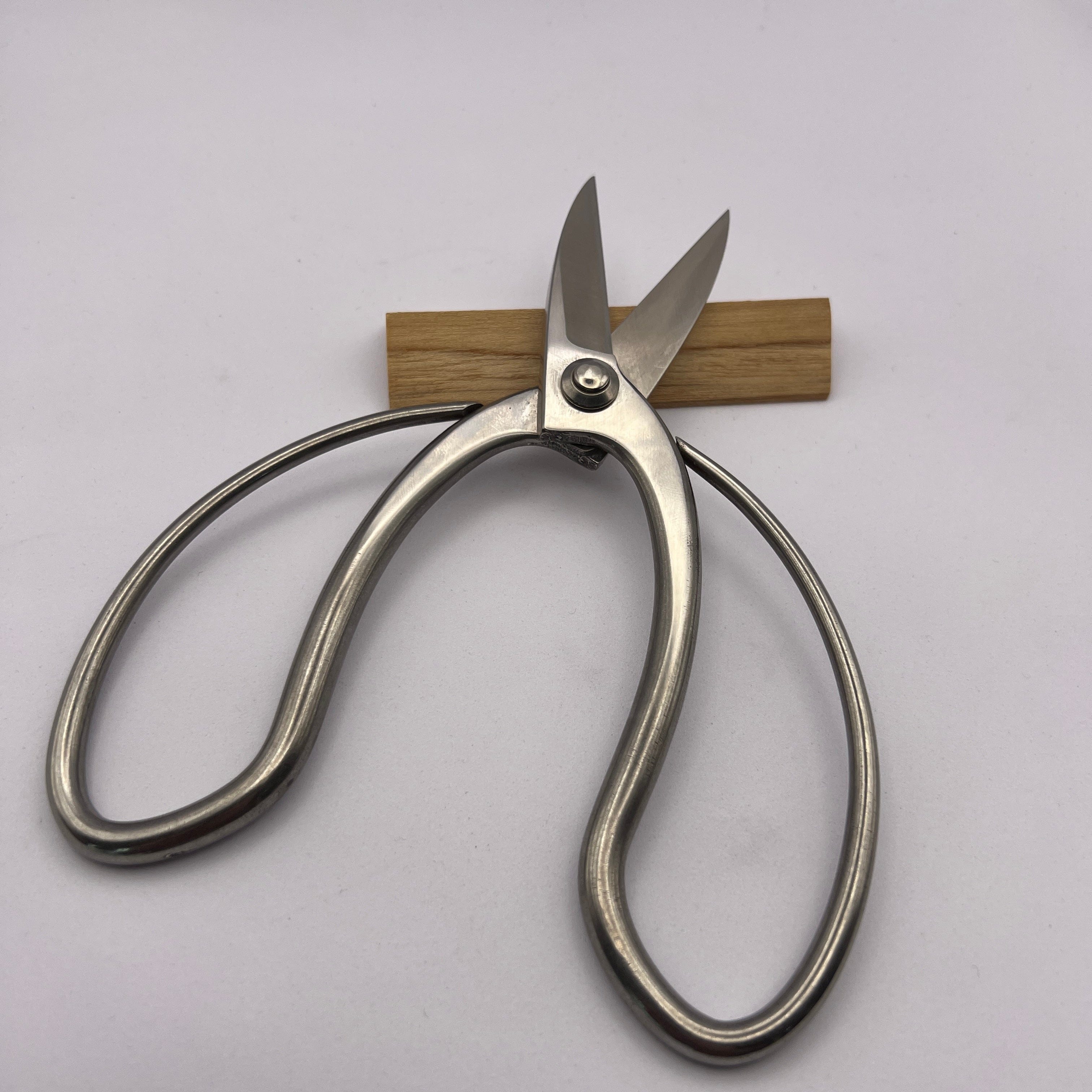
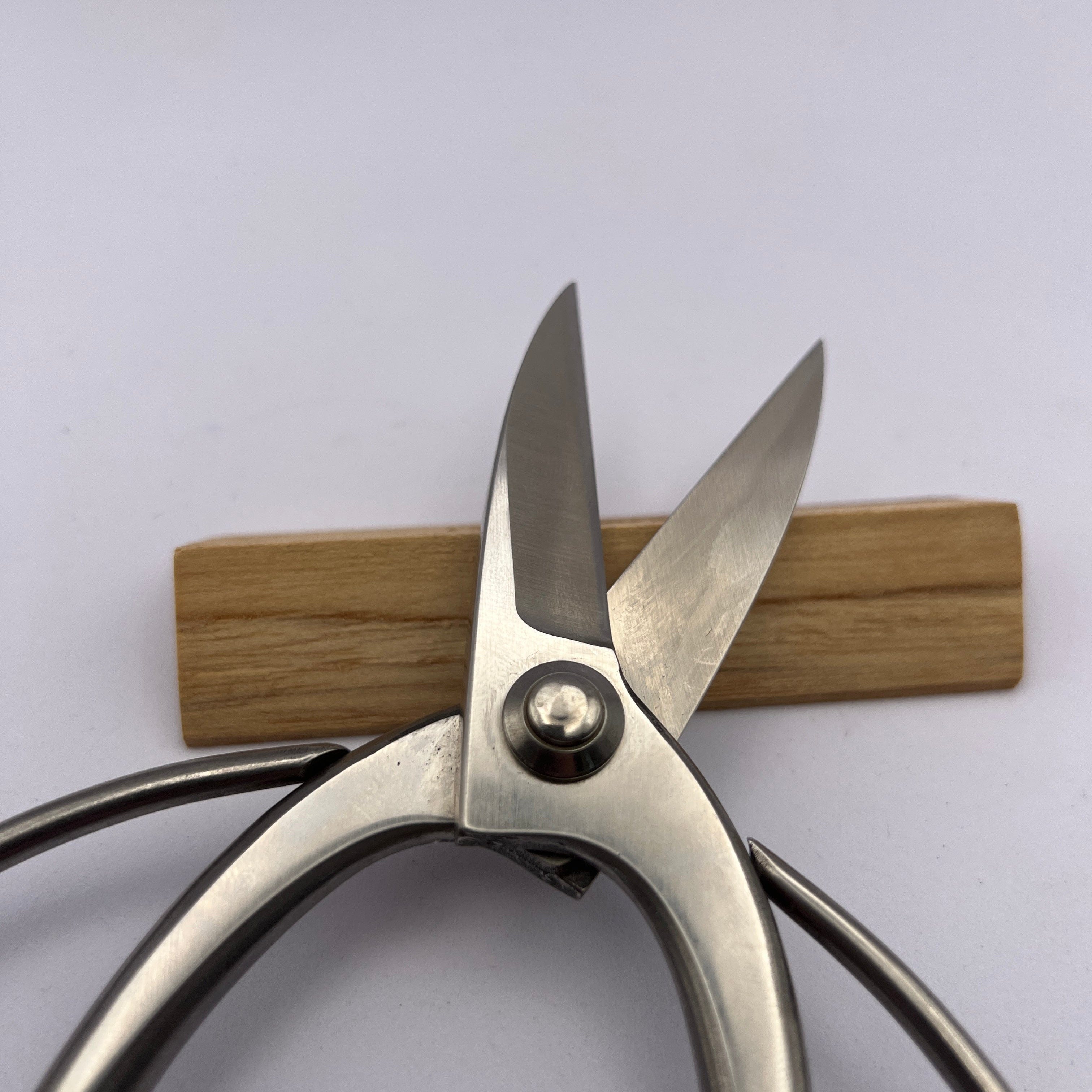
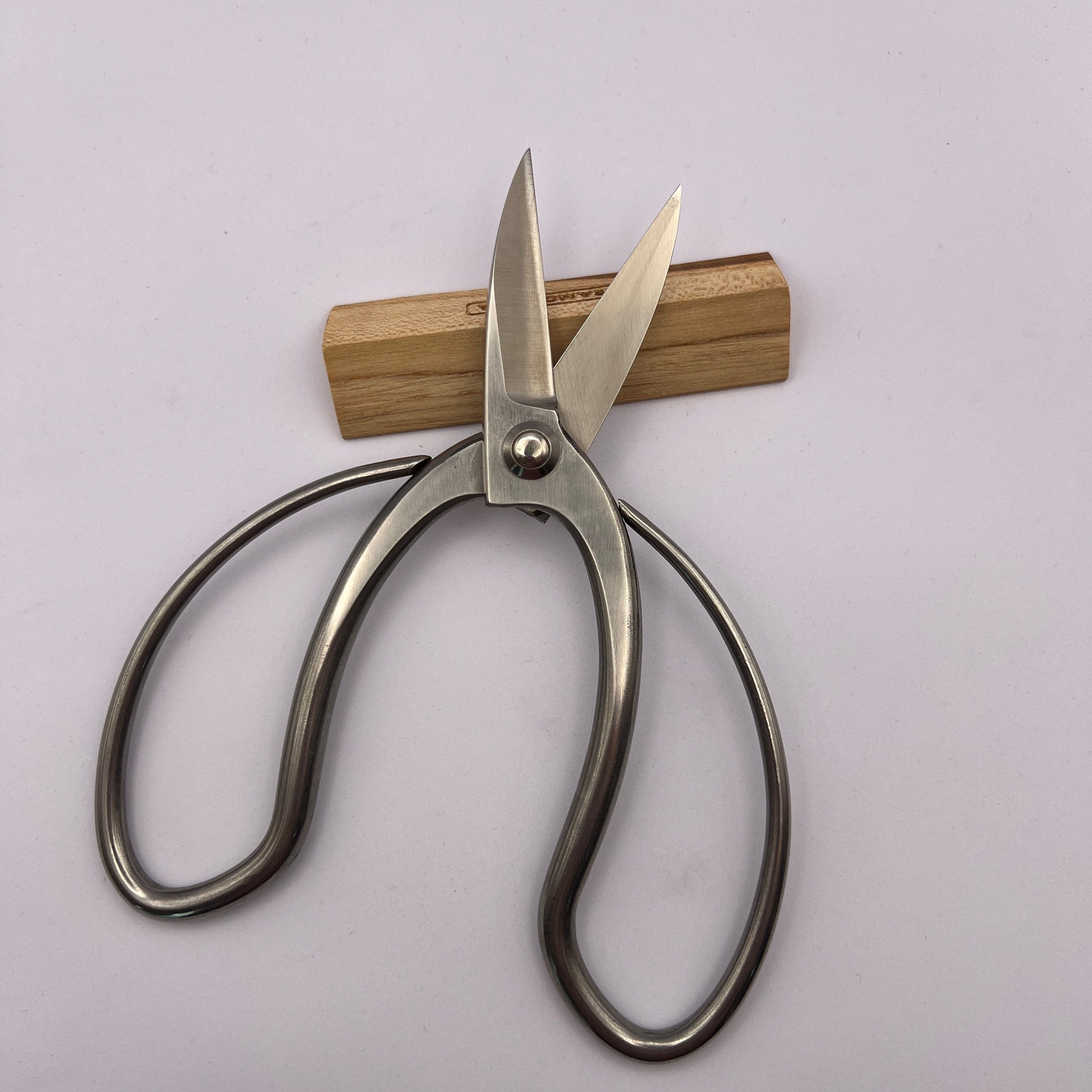
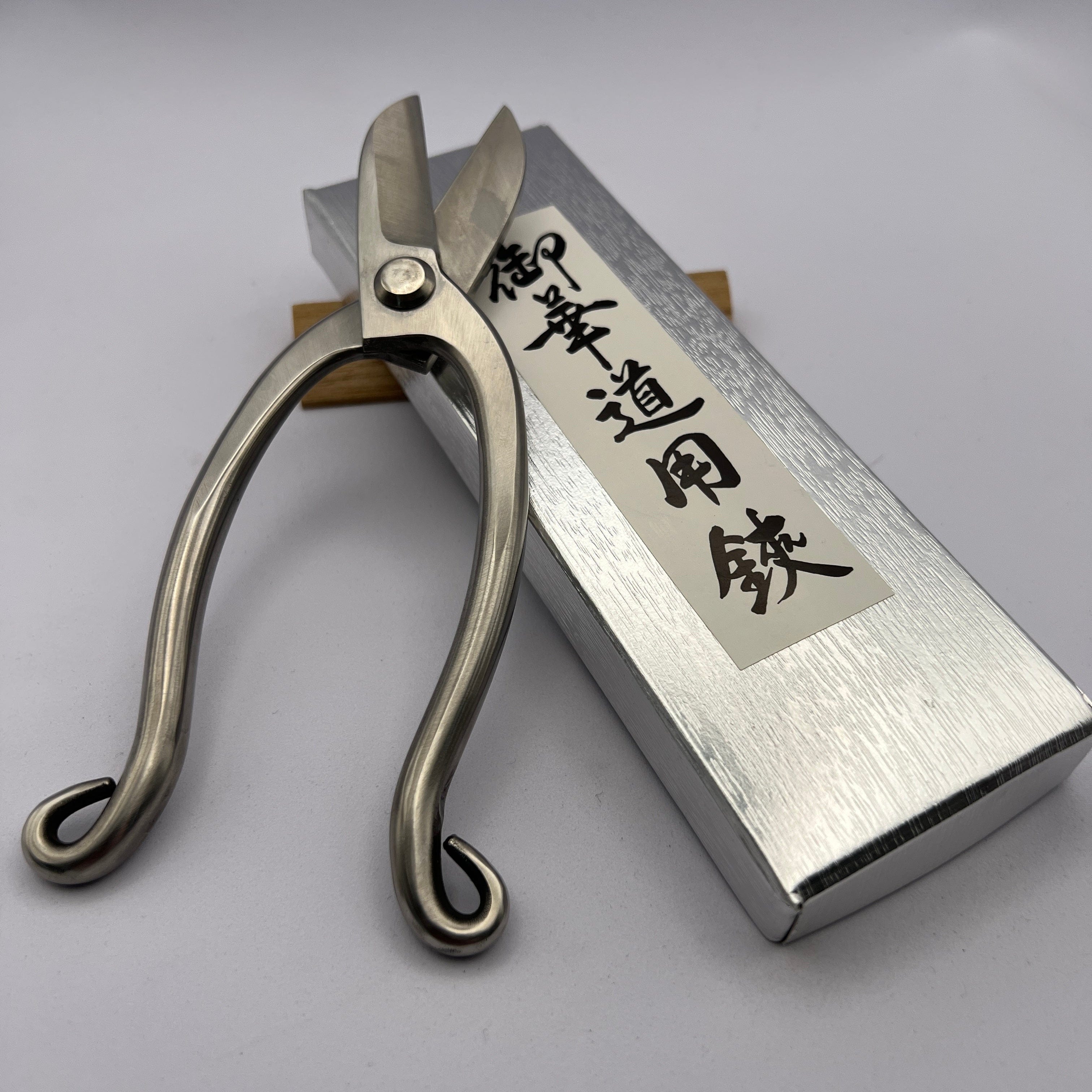
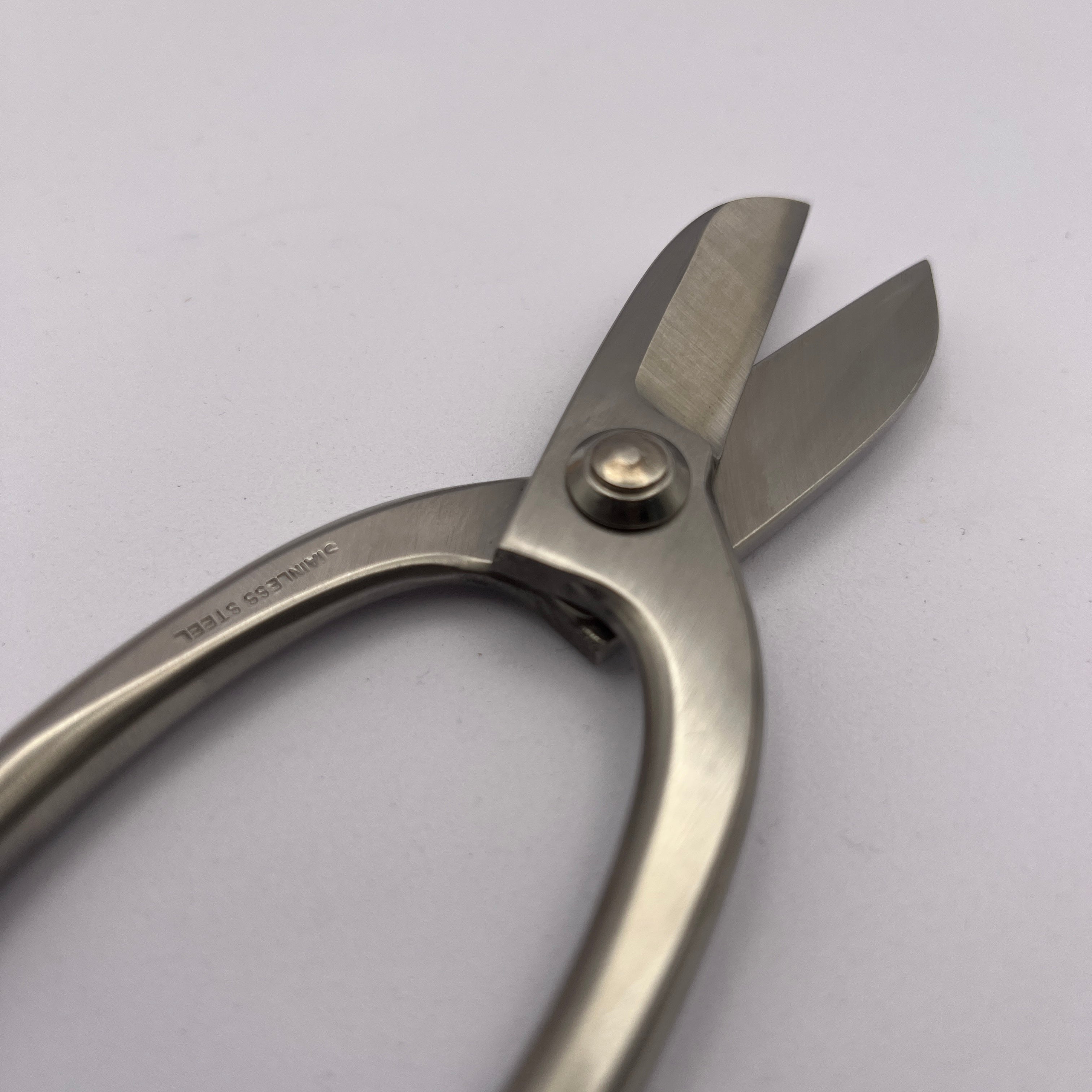
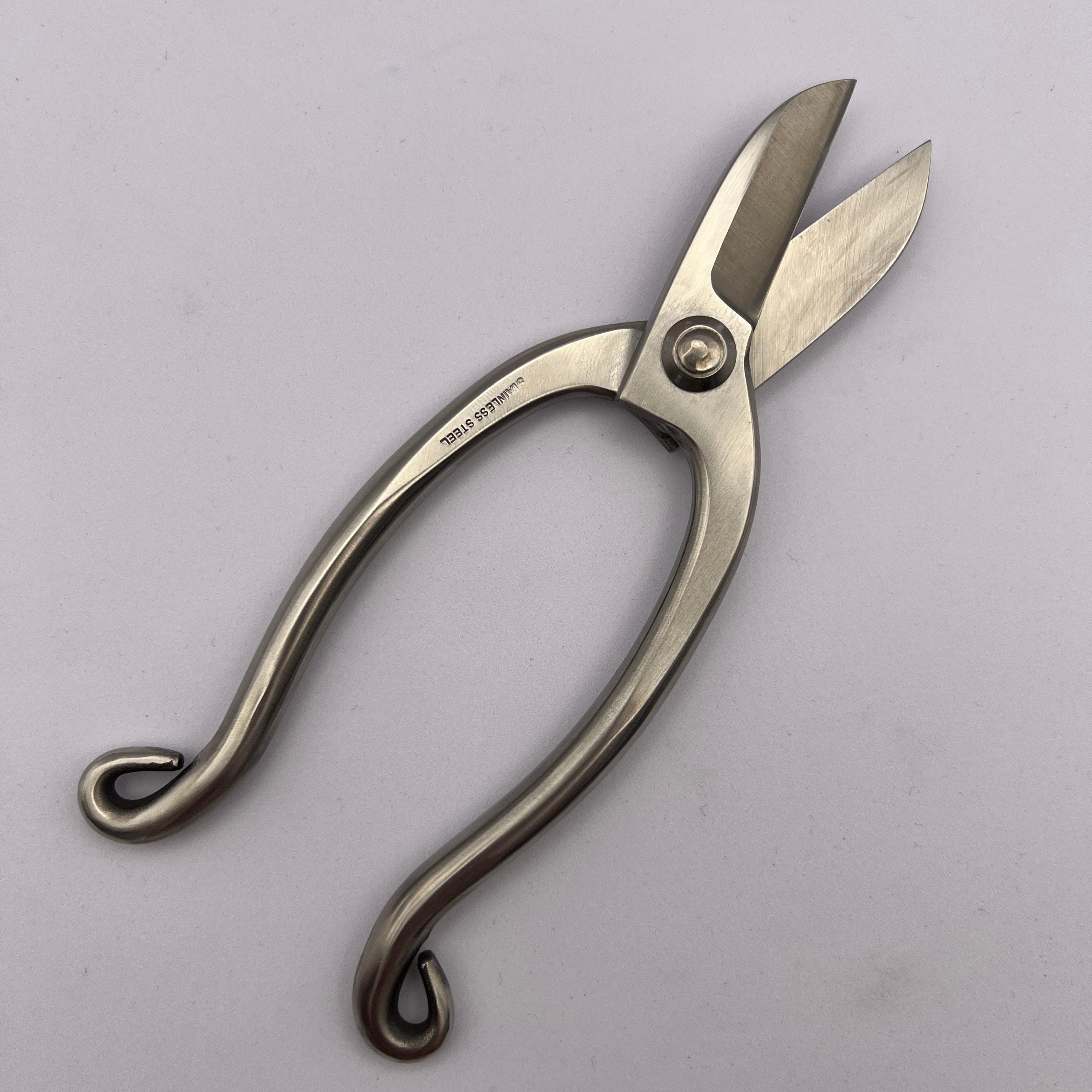
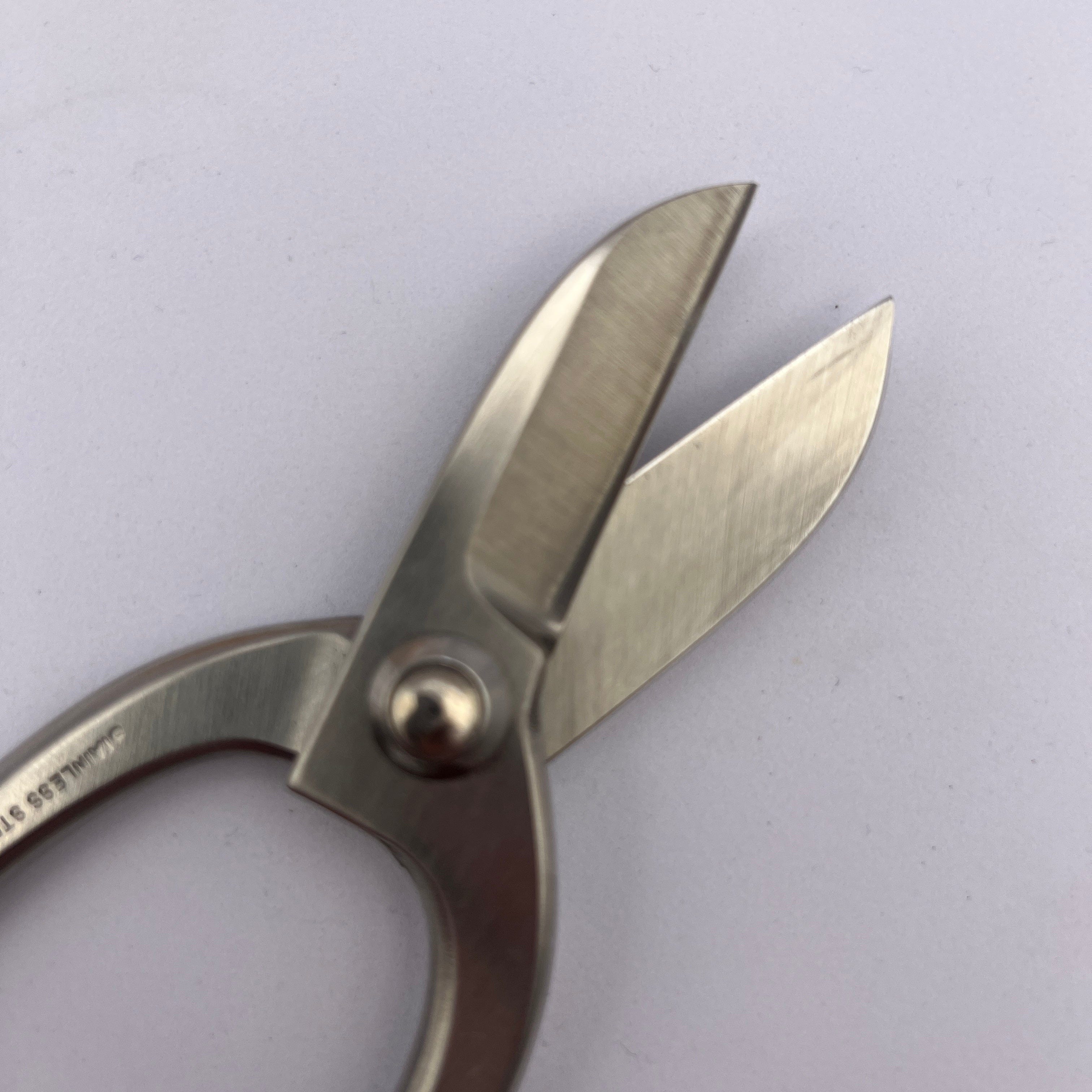
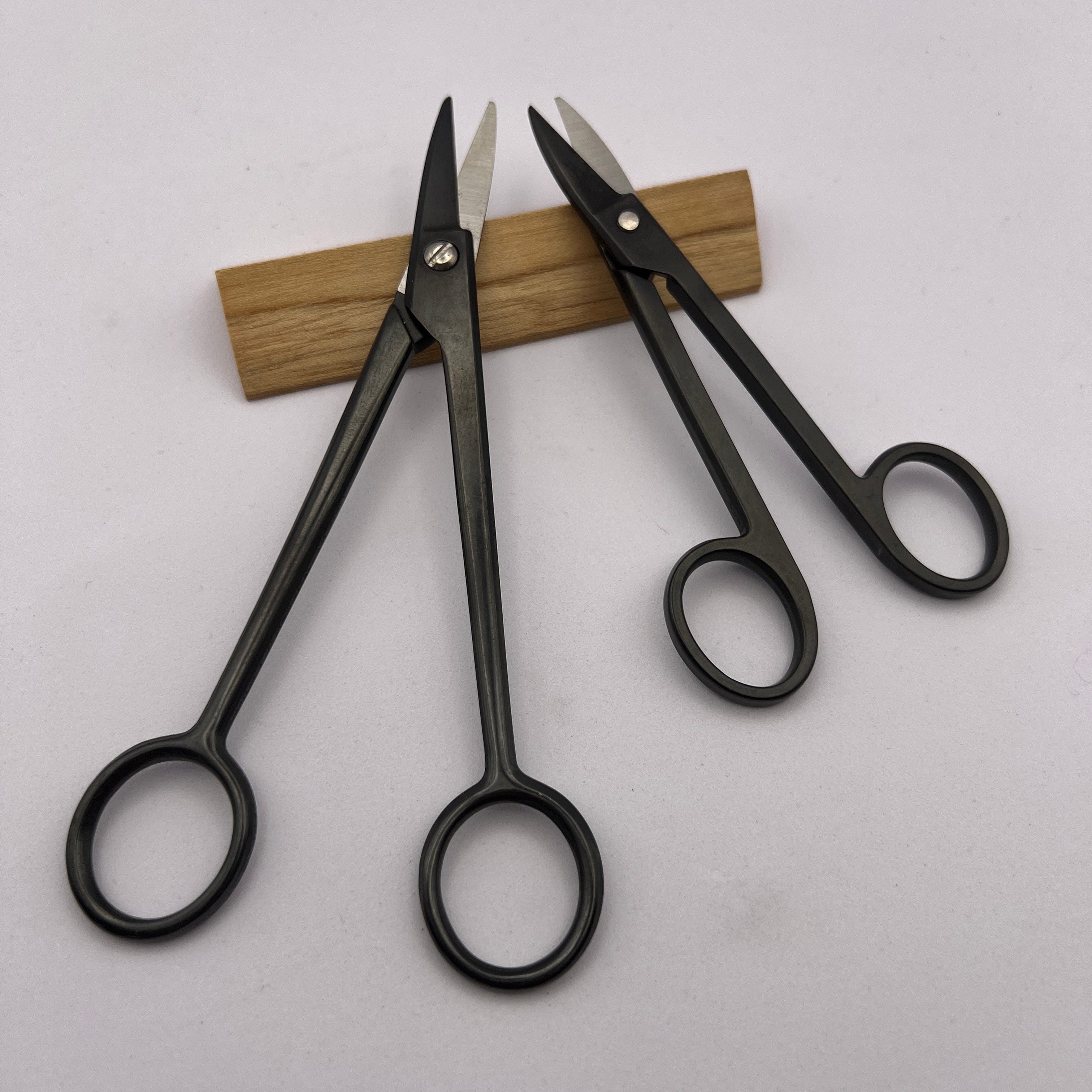

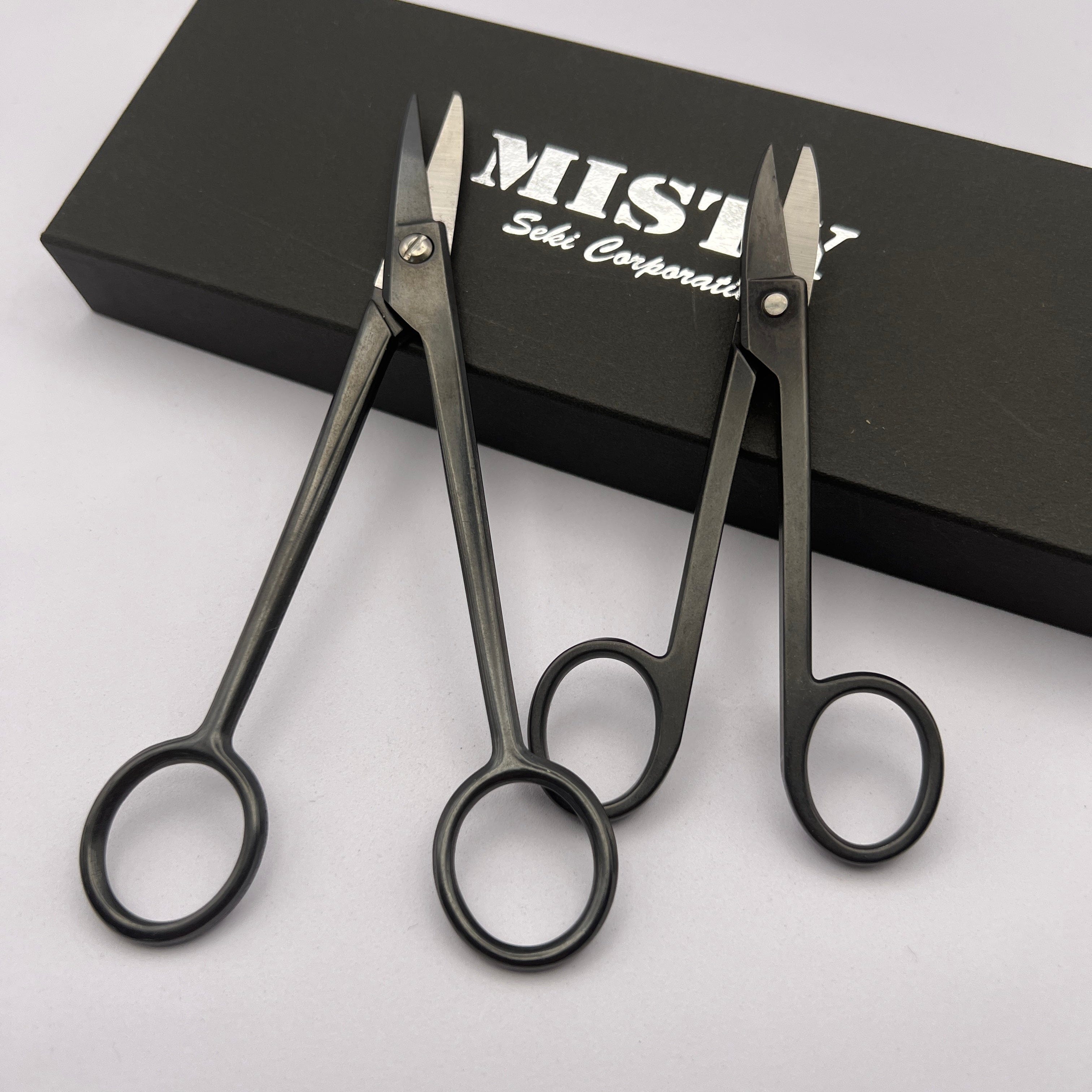
Share: